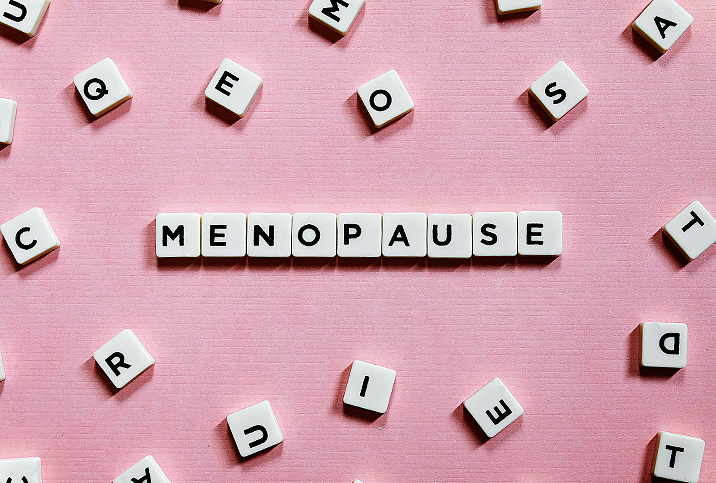When Standing Up Too Fast Gets Serious, Check for This Condition

The autonomic nervous system is essential to our health. Its three branches help us adapt to the external environment, maintain a state of balance under various conditions in the environment, and process any type of physical and psychological stress. When the autonomic nervous system malfunctions, a person can develop a number of symptoms and signs that result in a disorder.
There are many autonomic disorders, but the most common ones are postural orthostatic tachycardia syndrome (POTS), vasovagal syncope and orthostatic hypotension. POTS is a disorder of the autonomic nervous system which can result in abnormal heart rate, blood pressure, digestion and perspiration, among other issues.
POTS can best be described as an orthostatic intolerance, because symptoms occur when standing up from a reclining position and are relieved when sitting down.
"The symptoms of POTS are numerous," said Svetlana Blitshteyn, M.D., director of Dysautonomia Clinic and clinical assistant professor of neurology at the University at Buffalo Jacobs School of Medicine. "The most common ones are fatigue, dizziness, lightheadedness, palpitations, cognitive dysfunction—also known as 'brain fog'—and headaches. Many symptoms are exacerbated by standing and are improved by lying down."
The risks of POTS are much higher after a viral illness, serious infections, medical illness, pregnancy and trauma, such as a head injury. People with a history of mononucleosis and certain autoimmune conditions—such as Sjögren's syndrome and celiac disease—can also be at higher risk.
How you can tell if it's POTS
"Eighty percent of patients with POTS are women of reproductive age, between 15 to 50 years old, but younger and older patients can also have POTS," Blitshteyn said.
The condition is diagnosed using a tilt table test or a 10-minute stand test that can be performed at a doctor's office. Your doctor checks for three diagnostic criteria: first, a spike in heart rate of at least 30 beats per minute (bpm) in adults and 40 bpm in teens within 10 minutes of standing; second, an absence of orthostatic hypotension (a different condition that results in low blood pressure when standing); and finally, that symptoms of orthostatic (being upright) intolerance are present for at least six months.
Patricia Werford, a mother of two from Pittsburgh, was first diagnosed with POTS in October 2018.
Symptoms occur when standing up from a reclining position and are relieved when sitting down.
"My bloodwork tested for celiac testing, ANA [antinuclear antibodies], SSA/B [Sjögren's syndrome antigen A and B], rheumatoid factor, serum protein electrophoresis and paraneoplastic panel," she explained. "All bloodwork came back good. [The doctor] also ordered autonomic testing with QSART [quantitative sudomotor axon reflex] testing, which included a tilt table test. My results for the autonomic testing with QSART confirmed the criteria for POTS.
"Before medication, my heart rate with standing would slowly go up to 150 to 180 within five minutes," Werford continued. "I could feel my heart racing. I would get really shaky, nauseous and have blurred vision. All I wanted to do was sleep. Lots of lightheadedness and dizziness. I couldn't stand when my heart rate went up. I spent all my time sitting back and laying down."
Accessing treatment for POTS
"Treatment of POTS consists of a non-medication approach, which includes increased fluids and salt intake, the use of compression stockings and abdominal binders, avoiding prolonged standing and heat that can trigger presyncope, and supine or sitting exercise aimed at strengthening the muscles of the lower extremities," Blitshteyn said.
When necessary, though, medication is available.
"[There are] medications that lower the heart rate, such as beta blockers [and those that] increase salt absorption, such as fludrocortisone, and help blood vessels to constrict, such as midodrine," she added. "All are used to treat POTS. Patients with POTS often have other conditions, such as migraine headache, irritable bowel syndrome, neuropathy and joint hypermobility syndrome, which should also be treated."
In Werford's case, her treatment was a little different.
"I take metoprolol tartrate 25 milligrams three times a day, eight hours apart," she explained. "Some days, I only take it twice because I don't wake in the morning for my alarm to take it. If my blood pressure is low, I have to wear my thigh-high compression stockings. I also drink 40 to 60 ounces of Powerade every day with salt added to it. I have to eat, but sometimes eating lowers my blood pressure."
Living with POTS
It is possible to live a full life with POTS by monitoring your condition. Focus should be placed on diet and nutrition, as well as monitoring heart rate/pulse and blood pressure. Exercise and physical activity, such as isometric exercises, transitioning slowly with your body and simple yoga, can also help.
Patients with POTS also need seven to 10 hours of sleep per night and should try to maintain a regular sleep schedule, being careful to raise their head six to 10 inches off the bed to help alleviate symptoms.
Emotional support is also important and can be found through sharing the details of your condition with family and friends, and looking for a support group.


















